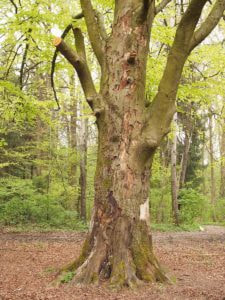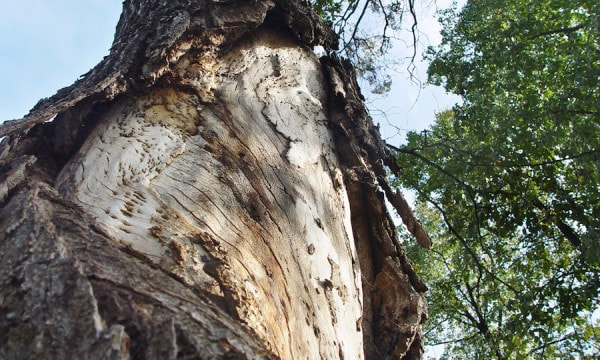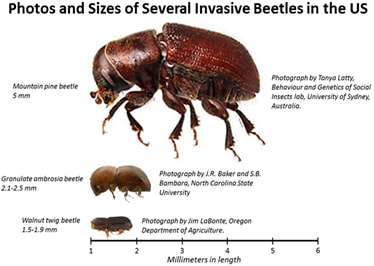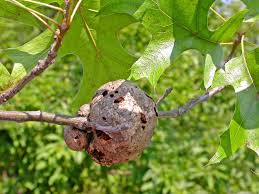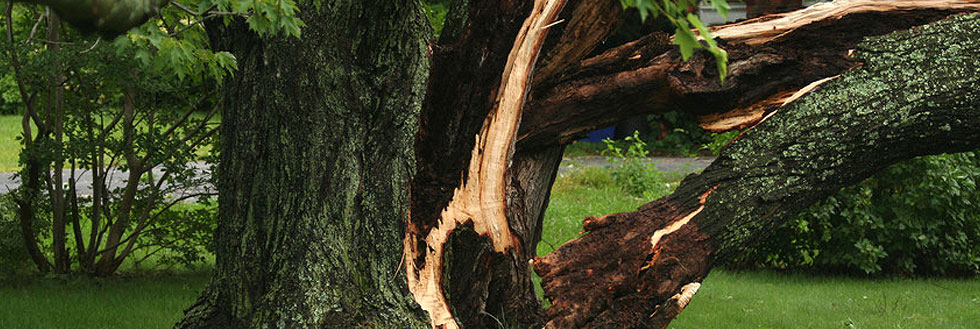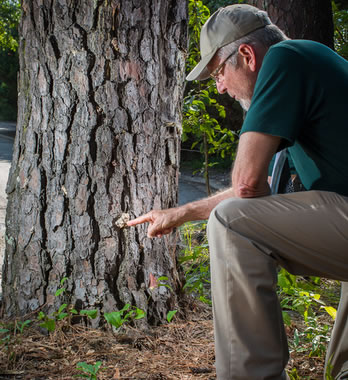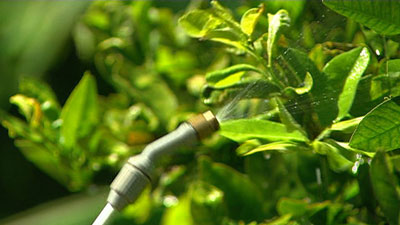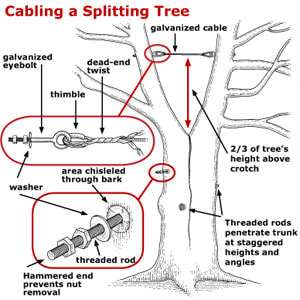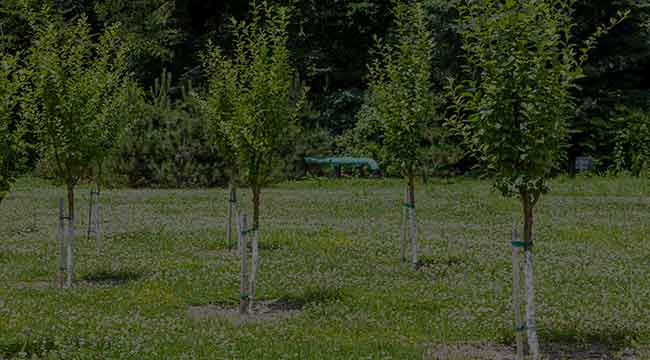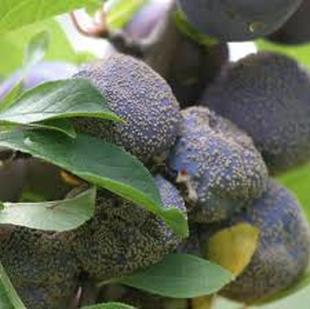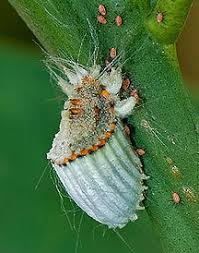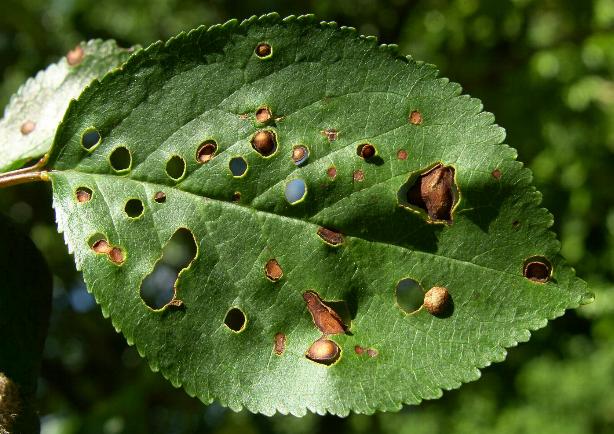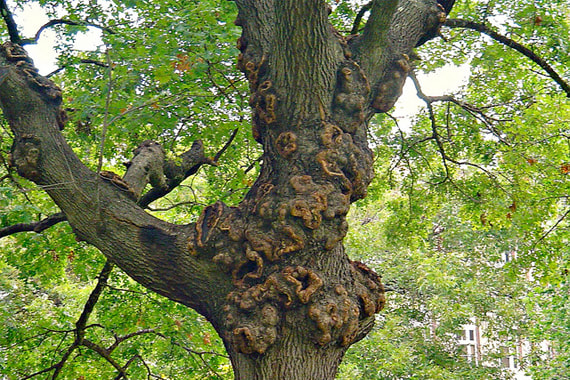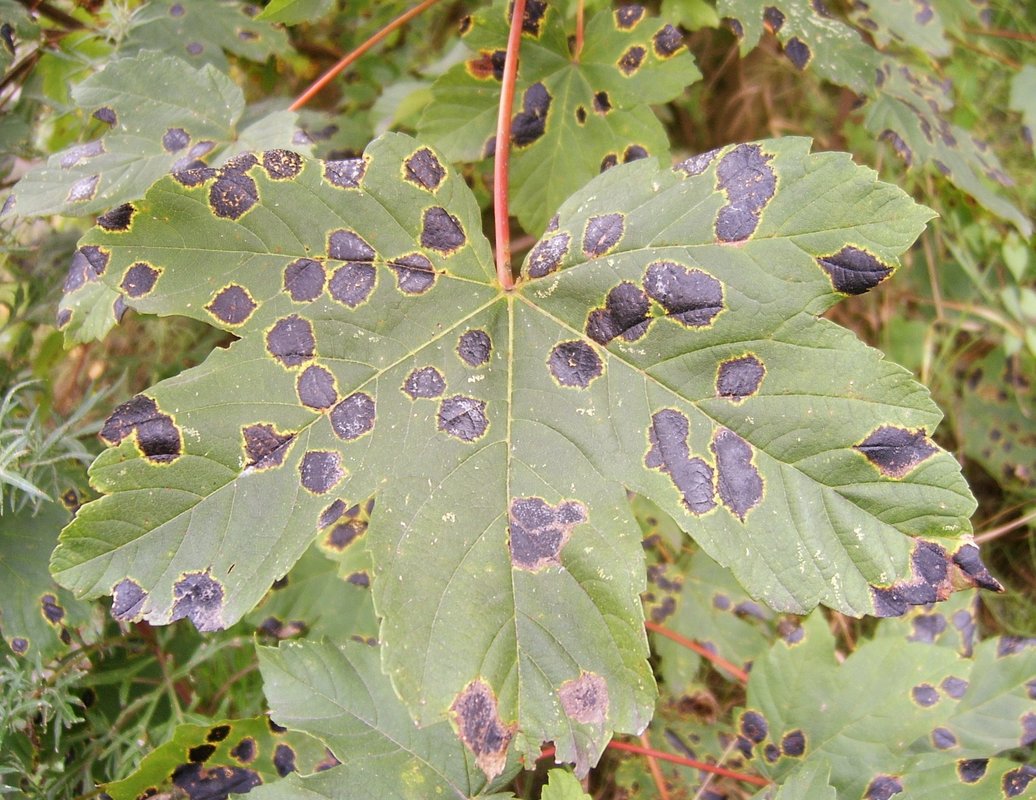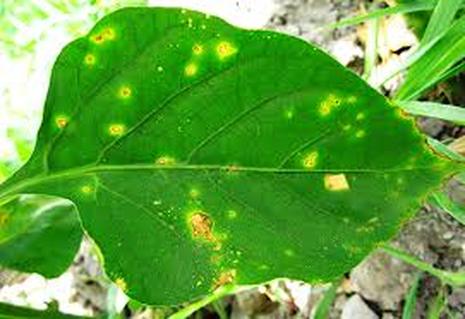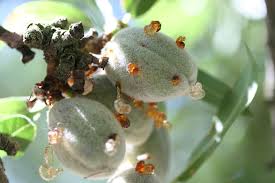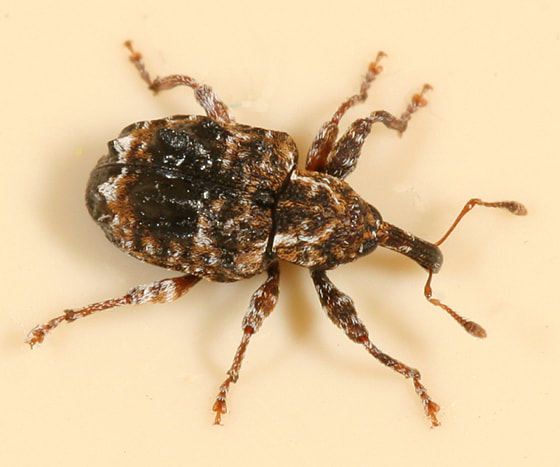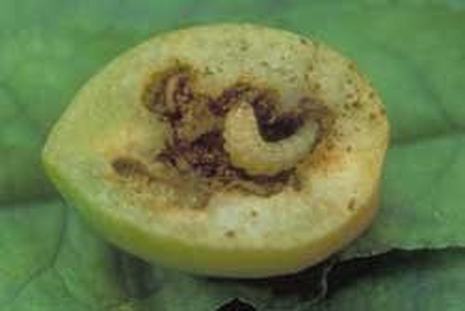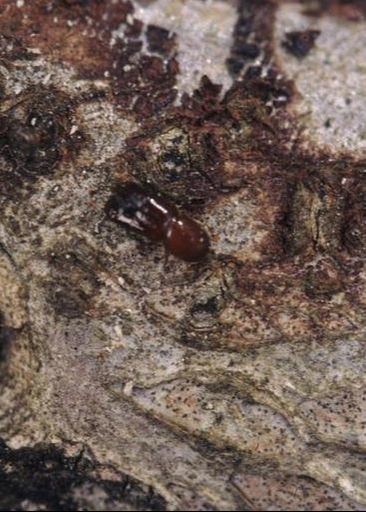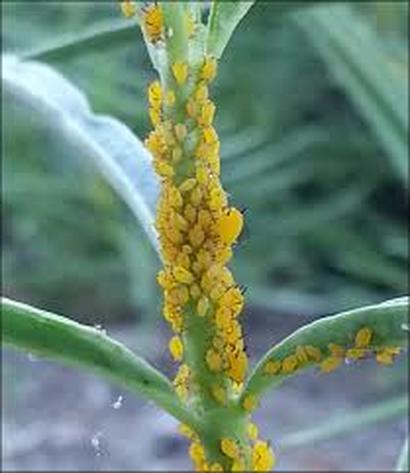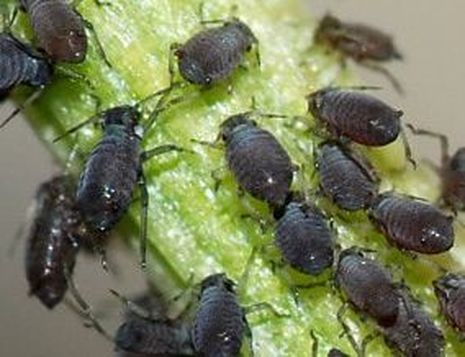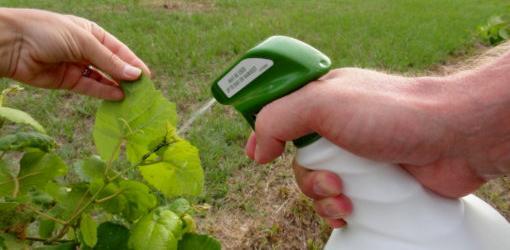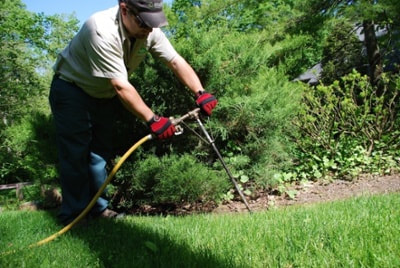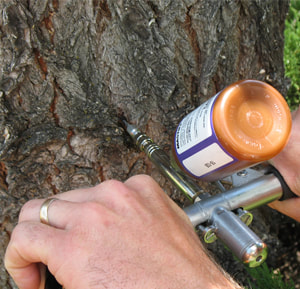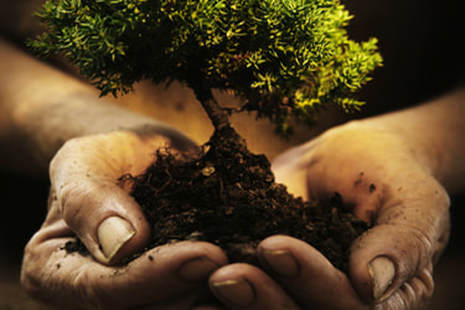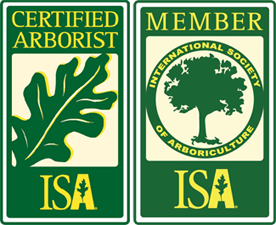|
Kingwood
Arborist Services |
Certified Arborist Consultation
Arborist Consultant Tree Care Maintenance Tree Planting Trees Injected Fertilization Of Trees & Shrubs Root Barriers Bio Barriers Soil Aeration Services Soil Analysis Services |
Root Collar Excavation
Bug Control Tree Insect Services Tree Diseases Diagnoses Plant Care - Urban Tree Care Emergency Services Tree Spraying Tree Removal Deep Root Fertilizing Tree Pruning & Trimming |
Kingwood Sick or Diseased Tree Service
A Houston TX Certified Arborist Company
|
Every living creature and plant, In Texas, trees require regular attention and proper care to fully thrive. In addition to the often tumultuous weather and summer droughts, many diseases and insects take their toll on our Texas trees. In fact, Pine Bark Beetles are fierce and can infest a pine tree and kill it in a few short weeks. Entire forests have been decimated due to this voracious creature, and there are many insects equally as threatening.
Call Now! Let us help schedule your rapid tree assessment today!
|
Kingwood Sick & Diseased Tree Service
281-868-6989
We are insured and offer
free estimates with every service!
281-868-6989
We are insured and offer
free estimates with every service!
Our Arborists specialize in herbicide burn rehabilitation.
|
Chlorosis or yellowing of leaves is a symptom that can be caused by many things. The best thing to do is call an Arborist for a professional opinion.
Kingwood TX Arborist has the knowledge and practical application of many years of study and hands-on experience to know what is ailing your trees, and how to solve the problem. If the tree is too severely damaged, we can eradicate it swiftly and skillfully. The following are some signs to look for if you suspect your trees are being invaded by disease or insects: |
|
|
|
|
|
|
Kingwood Arborist Services We Arrange Include:
|
Pine Bark Beetles infest Pine trees that become stressed. Keeping trees healthy is the best defense against infestation.
|
Kingwood, Texas Arborist offers reputable, insured, custom services, tailored to the needs of your trees and your budget. The Arborist will inspect your tree(s) and determine if it is possible for them to be saved. If salvageable, the most effective measures will be taken to eradicate an infestation, such as Pine Bark beetles. These insects are tiny, but, as stated, have the ability to decimate forests of pine trees in a very short time span; therefore, time is of the essence in taking action. Thousands of these small insects attack and feast on your pines, making saving them very difficult if not treated quickly. If you suspect you have this problem, or better yet, have your valuable trees examined by one of our skilled, well-versed, Arborists at 1-996-9595 to promptly schedule your Free Evaluation!
|
It takes a commitment consistency to produce high-quality vegetation and plant life. These future crops are especially demanding when it comes to pest management because vegetation are attacked by many species of insects and diseases that must be controlled and maintain to have a successful crop. This publication provides information on how to identify pests and when to treat. It also includes a recommended spray schedule for disease and insect treatments based on stage of crop development.
|
Kingwood arborist has developed specific pest management system for small-scale home vegetation. The insecticide and fungicide recommendations given here are based on non-restricted low toxicity use products that are readily available from local lawn and garden centers and sold in container sizes appropriate for small lawns.
|
Brown rot is a serious peach disease, but it is not very common on plums in high humid areas like Mississippi and Texas. The disease attacks many plant parts (blossoms, twigs, shoots, and fruit) from spring through harvest. Fungicides will help suppress the disease but control it only moderately when conditions favor the disease, especially in late season near harvest. Nonetheless, fungicides are almost a necessity in our climate.
|
|
Stem lesions range from about one-tenth to three-eighths of an inch in diameter. Leaf and fruit lesions start as small, purplish areas that expand and turn brown. All may have a velvety, brownish mass of fungus in the middle during moist and humid weather. When the weather turns warm, the leaf lesions will fall from the leaf, leaving the “shot hole” appearance. Fruit lesions will be on the upper (stem) side and will become rough-textured, almost corky.
|
To manage this disease, you must protect the dormant buds. A single application of fixed copper or Bordeaux mixture before fall/winter rains provides winter-long protection. Growing shoots and fruits also need protection. A spray application immediately after fruit set is most common. Usually Captan is used because copper fungicides used at this time of year can cause plant injury (phytotoxicity). No resistant cultivars are available.
|
Certified Arborist Consulting
Bacterial Spot As the name indicates, this disease is caused by a bacteria (Xanthomonas arboricola pv. pruni). It usually is very aggressive in the eastern United States because of generally higher humidity, wetter conditions, and longer dew periods than in the western states. Very susceptible cultivars cannot be grown here at all. |
|
The bacteria depend upon free moisture (dew, rain, irrigation) to reproduce and for lesion growth. Rain driven by wind spreads the bacteria through the tree and among trees. Infections will be worse on the sides of the trees facing the winds that brought the infection. The optimal growth temperature is 75–84°F. The disease affects twigs, shoots, leaves, and fruits.
|
Signs of deteriorating Leaf symptoms start as a water-soaked dark green spot that expands until it meets the veins inside the leaf. These leaf veins keep the lesion from spreading for a small time, angular lesions (lesions with sharp corners) about one-sixteenth to one-eighth of an inch are a key that bacterial spot is the problem. If warm, wet weather continues, the lesions may enlarge and merge. As the lesions age, the insides will turn from a water-soaked dark green to a light purple color. As the weather dries, the lesions may turn brown and fall from the leaf. The lesions will be more common in areas of the tissue where water sits for any period of time, such as along the leaf midrib, on leaf tips, or along lower areas of the leaf margins. Leaves with numerous lesions may turn chlorotic (yellow) and fall from the tree. This bacterial pathogen usually enters twigs through leaf scars, which are places where a leaf has fallen from the twig. Lesions that develop on the previous year’s growth are called “spring cankers” or “black tip.” They were infected by the bacteria moving through the leaf scars the previous autumn. Spring cankers appear as slightly raised blisters. They can expand to as long as an inch along the twig. Black tip is confined to the terminal bud area of the twig. The bud fails to open, and a dark canker can extend up to 1 inch down the twig from the bud.
|
Plum Curculio
The plum curculio, Conotrachelus nenuphar, is one of the most devastating insect pests of homegrown peaches and plums in gardens. The white, legless grubs are the “worms” so often encountered in fruit that has not been adequately protected. Adults are small weevils that overwinter in leaf litter and ground trash in or near the orchard. The adults become active about the time peaches begin to bloom. They fly to trees to feed on buds and newly set fruit; females chew crescent-shaped punctures through the skin of developing fruit to insert their eggs. Grubs hatch and feed inside the fruit until mature. Fruit that are attacked when small usually abort, but larger fruit remain on the tree with developing larvae inside. Picking up and destroying fallen fruit can help reduce future infestations. Mature larvae drop to the ground when they are ready to pupate. There are two to three generations per year. |
|
Successful control of plum curculios depends on killing the adults before they are able to lay their eggs in the fruit. Begin including malathion in cover sprays as soon as petals fall and apply on a 10- to 14-day schedule (tighten the spray schedule during rainy periods). Extending the spray intervals will result in reduced control. Tightening spray intervals to 7–10 days, especially for the first few cover sprays, will improve control. The first few sprays after petal drop are the most important because they target the overwintered adults that will lay the eggs for the first generation.
|
|
Granulate Ambrosia Beetle
Granulate ambrosia is a tiny beetle occasionally infest and kills peach and plum trees, as well as many other trees in the home landscape. Actually, it is not the beetle that kills the tree, but the disease it carries and inoculates into the tree where it burrows. These tiny beetles are less than one-eighth of an inch long, the beetles themselves are rarely seen. The sign to look for is the compacted columns of sawdust these beetles create as they bore into the tree. Except for the fact that they are often curved, these sawdust columns are similar to toothpicks in size and color. Keep an eye out, however, that this sign can be short-lived, as these sawdust columns are easily broken off by wind and rain and can go unnoticed leaving the tree to slowly die. |
|
Even a half-dozen attacks is enough to kill a small tree, and there is no real effective rescue treatment. These beetles spawn several generations per year. Most of these fatal attacks to fruit trees normally occur in early spring, just as trees are leafing out. Beetles in general attack many species of trees and shrubs, but peaches and plums seem to be favorite to the Granulate beetle, targets, possibly because of pruning activities. Newly planted trees, less than 3 or 4 years old, are most susceptible due to the softness of the outer bark, Usually older trees with denser bark are also attack.
|
|
Fortunately, granulate ambrosia beetle attacks are sporadic; they may kill two or three of your seven trees one year and not return for several years. In most situations, there is no practical treatment or response other than to recognize what killed the tree and to cut it down and burn the wood to prevent further spread. To treat preventatively, mix permethrin according to label directions for a trunk spray and apply at 2-week intervals, beginning just before buds begin to swell and continuing until just before bloom. Spray to cover the trunk, scaffold limbs, and larger branches. Trees less than 4 years old are most likely to benefit from such treatments. Note that sprays for ambrosia beetles must be applied much higher on the tree than for peach tree borers.
|
|
Scale Insects
Heavy infestations of San Jose scale or white peach scale can severely damage peach and plum trees. Scale infestations are difficult to detect because the insects are small and immobile. Watch for irregular, crusty, brown or white patches on limbs and twigs, and then use a hand lens to see individual insects. Scales will also occur on fruit when infestations are heavy. Insecticides used in spring and summer cover sprays help control newly hatched scale crawlers, but dormant horticultural oil sprays are the most effective treatment for scales. Apply a single delayed-dormant treatment in late winter to early spring as a preventive treatment or to control light infestations. Trees that are heavily infested with scales should be treated in late fall, after 95 percent leaf drop and before onset of freezing temperatures, and again in late winter to early spring (delayed-dormant period). Apply spring oil sprays before buds break and new leaf growth is evident. Do not apply oil sprays within 30 days of (before or after) making a spray that contains sulfur. |
|
Mites
Several species of mites attack peaches and plums. Two-spotted spider mites are the most common, but European red mites and silver mites may also occur. Heavy infestations of spider mites can be damaging and difficult to control because there are no effective miticides labeled for home use. Minimize foliar sprays containing pyrethroid insecticides, such as permethrin, and avoid treatments that contain carbaryl (Sevin) because these treatments tend to encourage spider mite outbreaks. Some mites overwinter as eggs on the bark, and these overwintering eggs can be controlled with a delayed/dormant application of horticultural oil. If heavy mite populations occurred in the previous season, make an application of horticultural oil just before bud break to help reduce the potential for further mite outbreaks. |
|
Protect bees and other pollinators. Avoid spraying insecticides while fruit trees are in bloom. There are no major insect pest problems to be concerned about during this period anyway. Begin your insecticide spray program promptly after petal drop to control overwintered curculios and catfacing insects.
a pesticide that is widely used in agriculture, residential landscaping, public recreation areas, and in public health pest control programs such as mosquito eradication. In the US, it is the most commonly used organophosphate insecticide. |
|
Horticultural oils are usually applied in winter to early spring, after leaves drop in the fall and before buds break, to control San Jose scale and white peach scale, as well as overwintering mites. Read and follow the label carefully to avoid injuring plants. Avoid applying horticultural oil sprays when temperatures are below freezing or are likely to drop below freezing for the next 2–3 days. Bonide All Seasons Horticultural Spray Oil and Ortho Volck Oil are two examples.
|
Horticultural Oils
Horticultural oil is an ecologically friendly way to handle many garden problems. Here's the difference between dormant, summer, and all-season oil. Narrow range oils are lightweight oils, either petroleum or vegetable based. They are used in both horticulture and agriculture, where they are applied as a dilute spray on plant surfaces to control insects and mites. They are also sometimes included in tank mixes as a surfactant. |
Chemical Control
Chemical pesticides are often used to control diseases, pests or weeds. Chemical control is based on substances that are toxic (poisonous) to the pests involved. When chemical pesticides are applied to protect plants from pests, diseases or overgrowth by weeds, we speak of plant protection products. It is of course important that the plant that needs protection does not itself suffer from the toxic effects of the protection products.
Chemical pesticides are often used to control diseases, pests or weeds. Chemical control is based on substances that are toxic (poisonous) to the pests involved. When chemical pesticides are applied to protect plants from pests, diseases or overgrowth by weeds, we speak of plant protection products. It is of course important that the plant that needs protection does not itself suffer from the toxic effects of the protection products.
|
Biological control
Biological control using natural predators or parasites (macrobials) The complicated life cycle of these insects was first described in the early 18th century by Antonie van Leeuwenhoek. However, it would be many years before their potential use in pest control was discovered. In 1800, Erasmus Darwin, the father of Charles Darwin, wrote an essay on the useful role that parasites and predators may play in combating pests and diseases. Biological control is no fad. In China in the fourth century B.C., ants were used as the natural enemy of pest insects, and in South China today ants are still used to control pests in orchards and food stores. The usefulness of parasites was discovered much later. Most parasites are insects, such as parasitic wasps (Encarsia formosa), which during the egg, larva and pupa stages live in or on a host. |
|
|
A good sanitation program can greatly improve control of diseases and insects. The following sanitation and management practices are simple, inexpensive, and effective:
|

